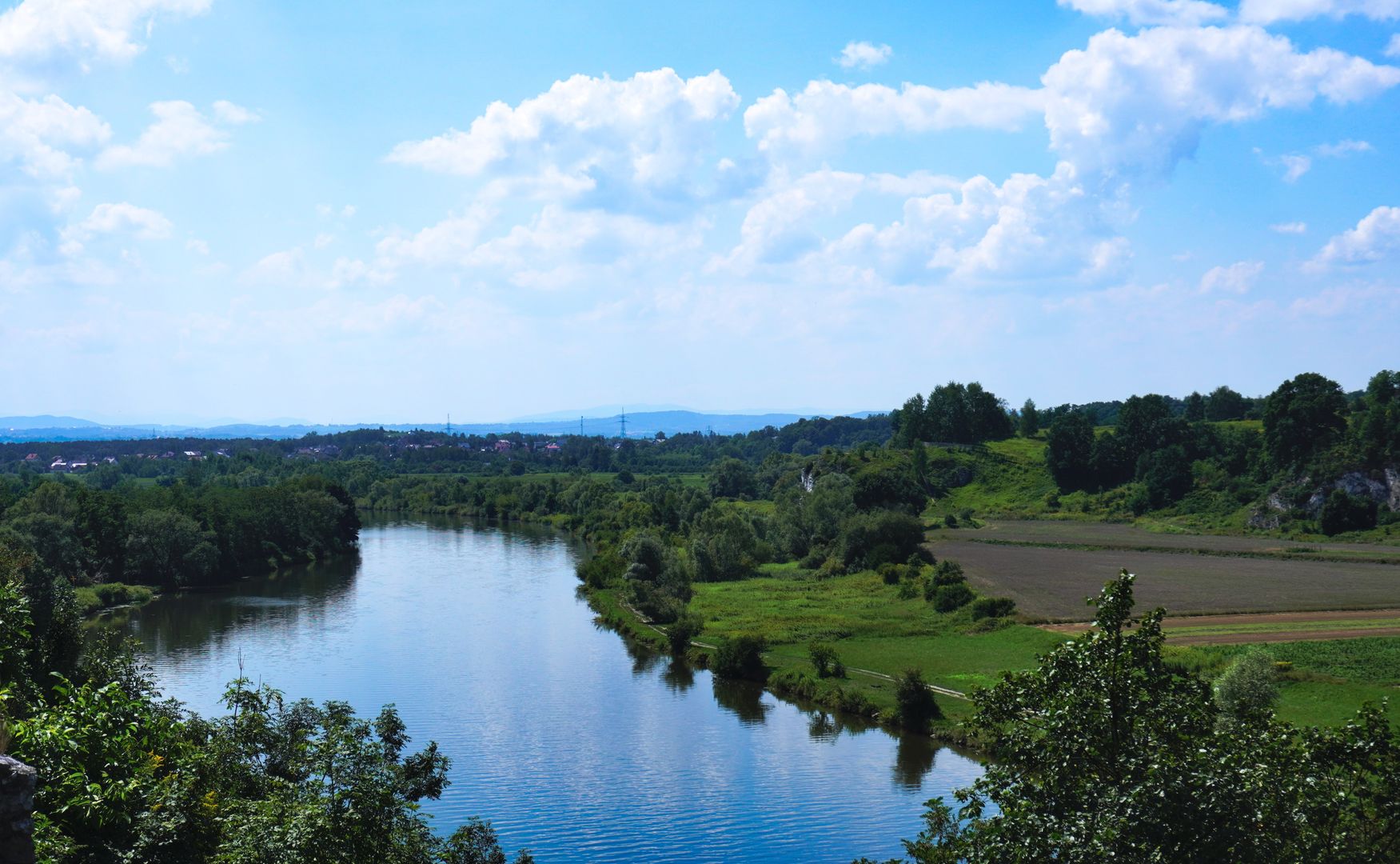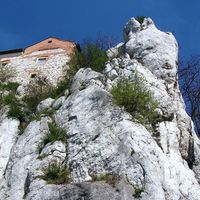Tyniec
6.24

Overview
Tyniec is a picturesque settlement located on the right bank of the Vistula River, in the western part of Kraków, boasting a rich history dating back to the Paleolithic era. Traces of human presence from 12,000 years ago found on Skałki Piekarskie, along with archaeological remains from the Neolithic period, attest to long-term settlement. In the 10th century, Tyniec was inhabited by the Vistulans, and in the 11th century, it was handed over to the Benedictines, which initiated the development of the abbey, one of the most important in Poland. The settlement suffered at the hands of the Mongols in 1259 and during the Swedish Deluge, and in the 18th century, as a result of the partitions, it was incorporated into Austria, leading to the decline of the abbey and the degradation of the town. In the 19th century, Tyniec, although a large village, struggled with poverty. The inhabitants were mainly engaged in agriculture and rafting, and the region produced the famous Tyniec magierki, white woolen caps. The village's wooden buildings were characterized by pastel stripes, and the layout of the village evolved from a linear to a multi-street form. Tyniec also gained communication importance thanks to a natural crossing over the Vistula. The nearby Tyniec Hills, with the highest peak Guminek, and nature reserves such as Skołczanka, create a charming scenery. Tyniec combines tradition with modernity; since 1973 it has been part of Kraków and is well connected to the city center, with the Benedictine monastery remaining a tourist attraction. Legends, such as that of Helgunda and Walgierz Wdały, and connections with literature, e.g., the novel by Krzysztof Sienkiewicz, highlight the cultural richness of this place. Tyniec is a space where history, culture, and natural beauty intertwine in a unique way, making it a significant point on the map of Lesser Poland.
Location
Tickets
Powered by GetYourGuide
You can also find here:
2025 Wizytor | All Rights Reserved
